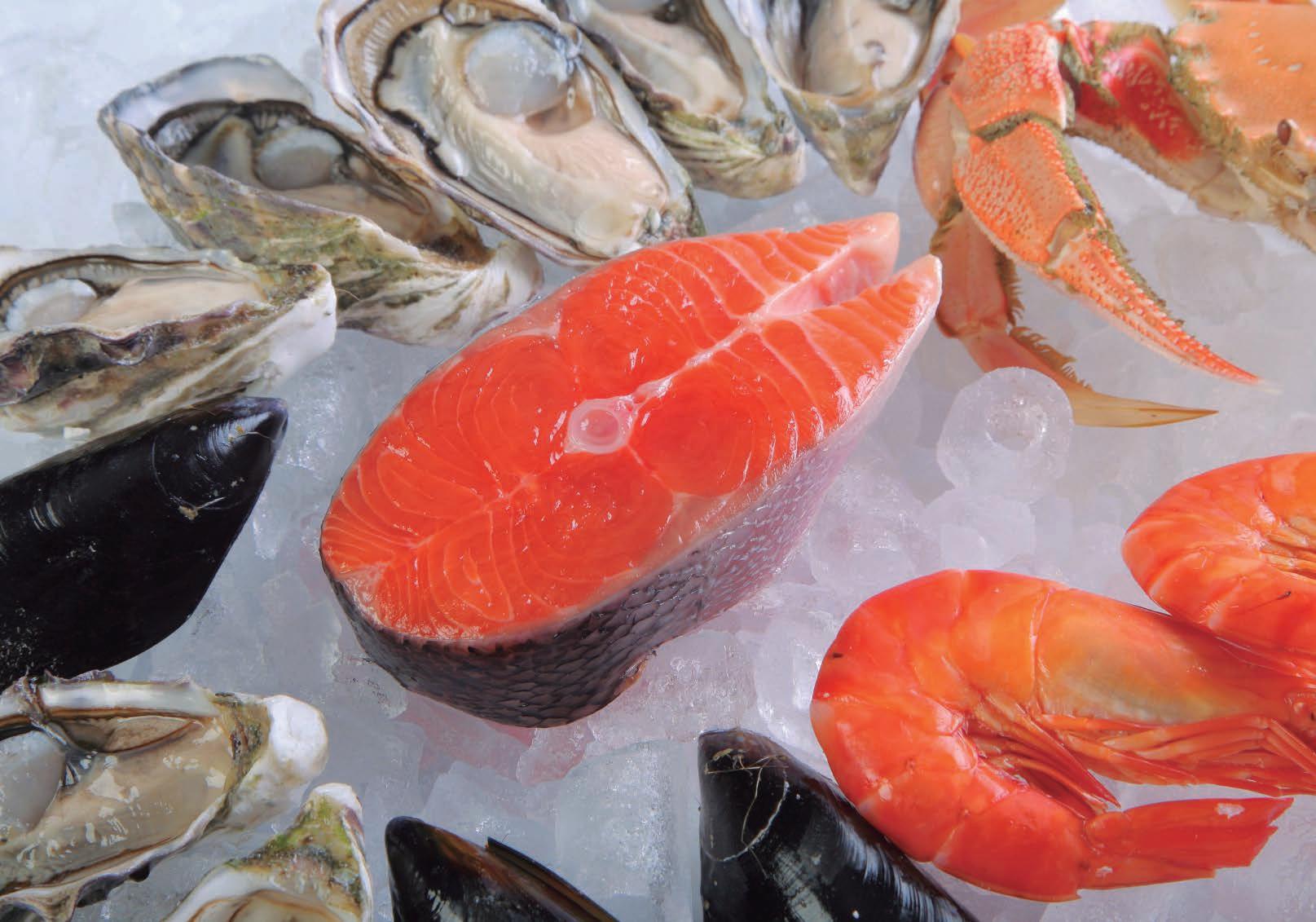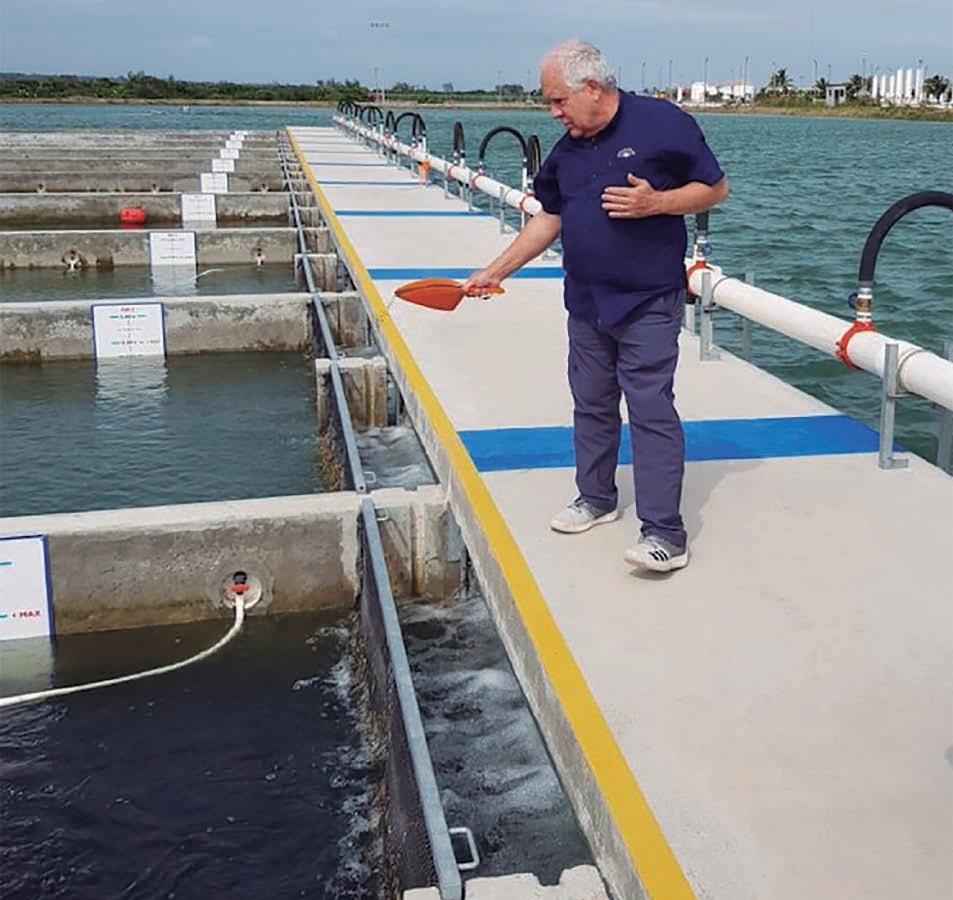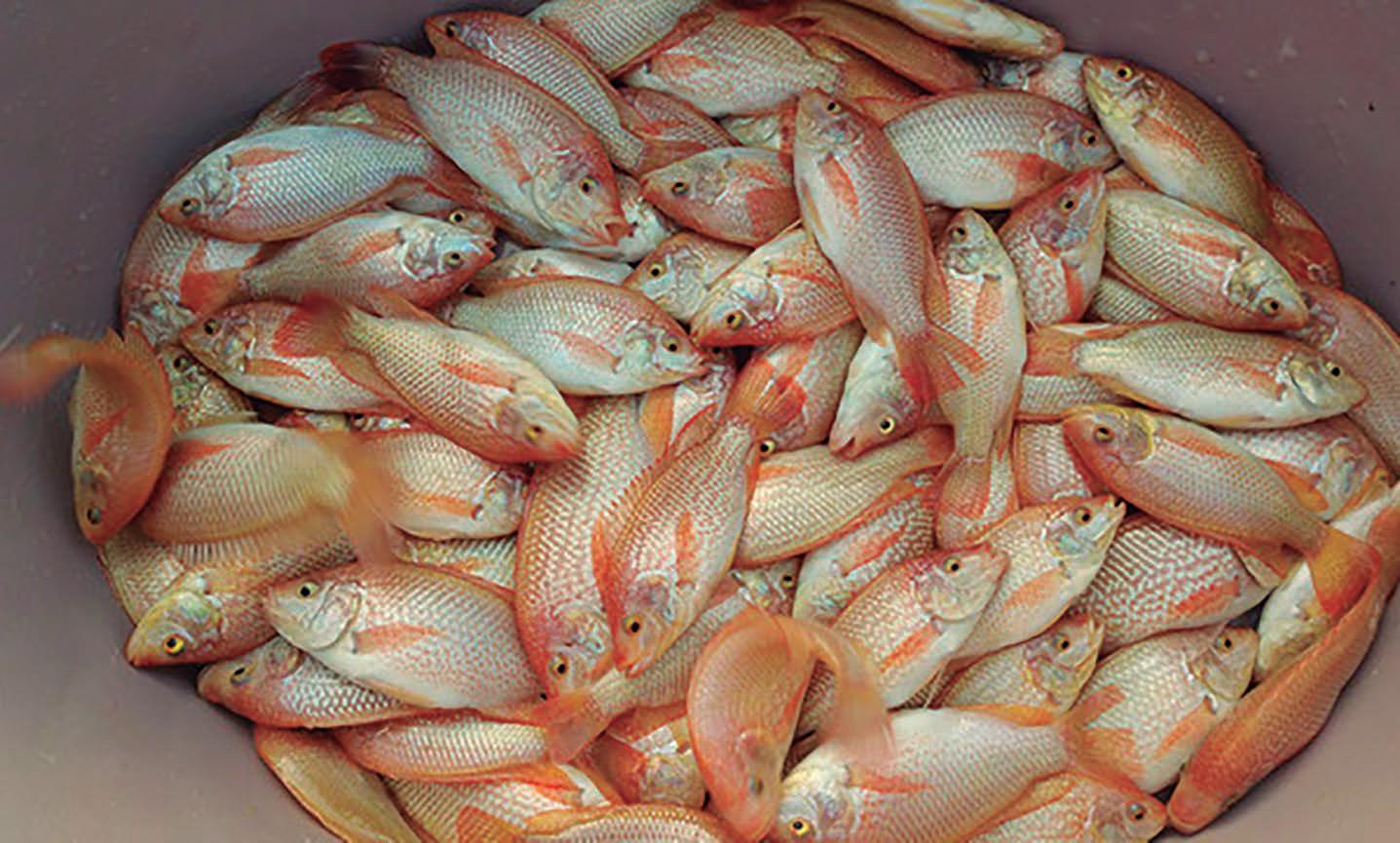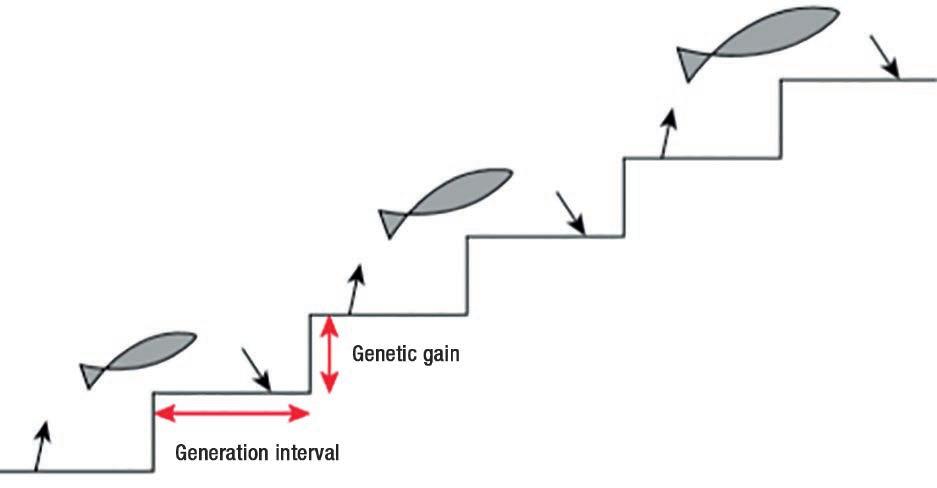
4 minute read
COLUMNS
Digital transformation in aquaculture
By: Salvador Meza *
Last year (2018), while I visited AquaExpo Guayaquil in Ecuador, I observed a tendency among the biggest companies that took part in the commercial exhibit. Most of them were feed manufacturers and providers, and they had as a common objective for this exhibition to promote their digital apps for data optimization in fish farming. This marketing focus
The phenomenon of digital transformation in aquaculture appears to be a process much more related to cultural barriers, paradigms, and rejection and fear of change rather than to the actual usage of information technologies
was more prominent than the one oriented towards their own products and services. Some of the companies even had their full team of software developers and designers in their booths, all brought in from their different corporate headquarters in faraway countries, in order to provide specialized digital consultancy to aquaculturists and “digitalize” them and their businesses. Potential customers for these digital developments observed with disbelief the promised features of those apps and technological advancements, paying attention to the onsite demonstrations with a certain degree of disdain, even. The system functionalities to introduce data from the fish farming operations and the developed algorithms that allowed analyzing data in an “easier”
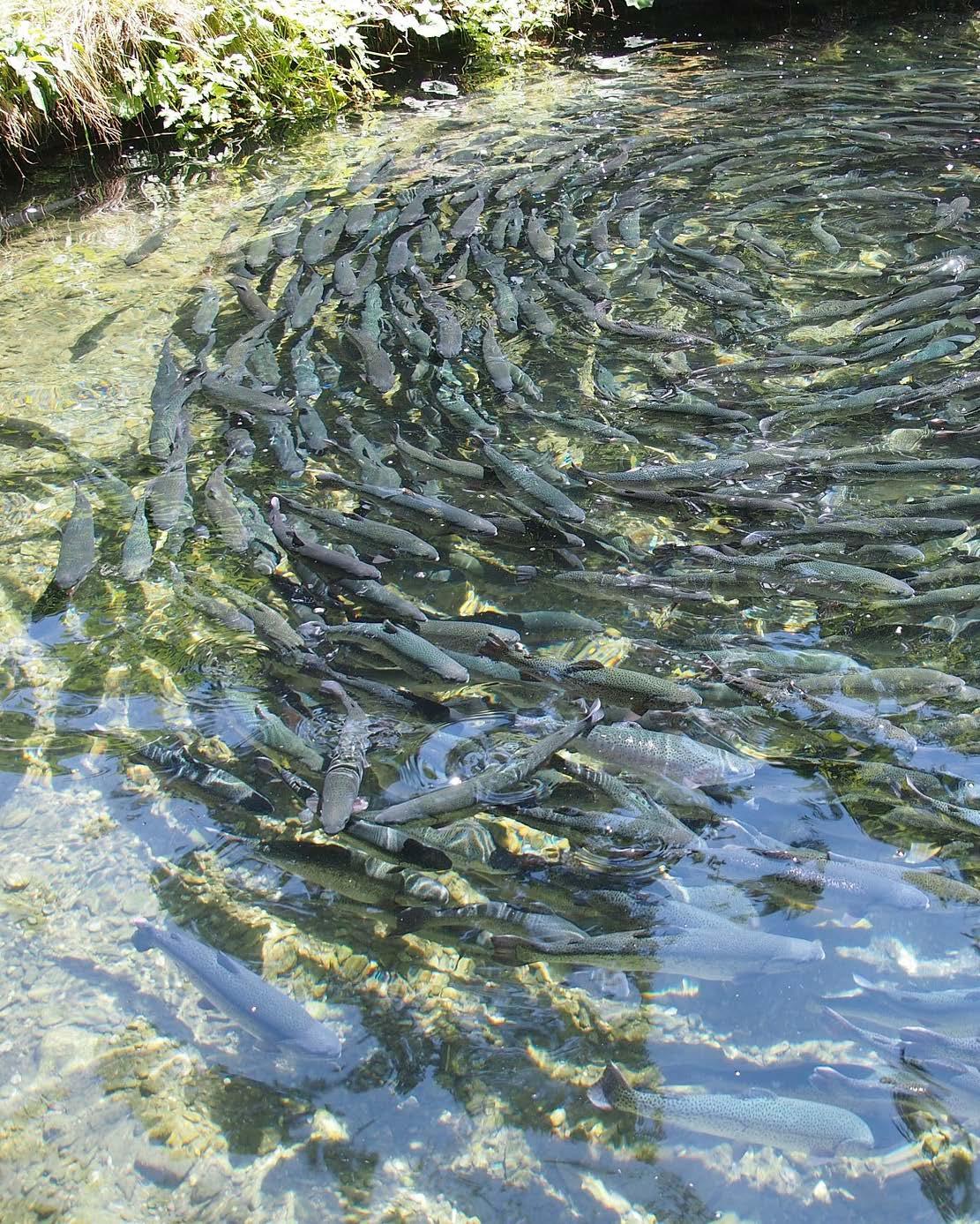
way seemed pretty foreign to producers.
This year instead (2019), back in Guayaquil at the annual AquaExpo event, I realized that the exhibition booths of these aquaculture feed companies no longer had information related to digital apps and technologies. There were no more giant phone screens showing the way the systems can be used for data management in aquaculture farming. There were also no more software developers and foreign engineers explaining to aquaculturists how and why they should use these digital tools. Nobody was, in fact, talking about that anymore. This year all the attention was again focused on this or that feed, on the improvement of a certain process in pellet manufacturing, on the addition of a new ingredient in the diet formulations, or even maybe on the promotion of a completely new product. But nobody was talking anymore about information technologies and software development to make the aquaculture farming process more efficient and predictable.
So I wonder, what happened? What caused this sudden change of direction in the marketing efforts from those companies? What happened to all the investment made last
year in the development and promotion of these digital platforms for aquaculture management?
It is not hard to imagine that in the attempt of proposing and developing a different way to execute processes within the aquaculture industry, these companies have had to reconsider new strategies to bring on the digital transformation to this industry in a more efficient and objective way.
Anyone who has tried to bring new ideas into the aquaculture industry knows all too well the amount of barriers that have to be faced in order to succeed. It seems like every producer has developed their manual and their own know how since the industry is “young.” Every operations manager has their own different way of coming to the expected result. And even, sometimes, it is not easy for them to explain how something was done, since there is no documentation to back up the trials. Usually there are no systematized manuals across the industry.
This, on one hand makes digital transformation for productive processes harder, and on the other hand sort of becomes a personal competition between the technician who has developed the process and the app that will execute it faster, more precisely and with continual improvement. This manifests itself as a resistance to incorporate technology into

the daily work of many technicians. If in addition to this, we consider the generational succession in the production positions of aquaculture farms, where the average age of managers and operators is currently between 45 and 50 years, we can assume that adoption of digital apps and technologies in management and data analysis will be deficient and expensive for the time being.
Nonetheless digital transformation is here to stay. It is pretty much impossible to imagine a world now without the help and support of digital apps and our smart phones. But beyond those quotidian services digital transformation could indeed help the aquaculture industry to be much safer in terms of sanitary risks, by allowing faster and/or remote diagnosis of diseases to implement precise and effective treatments in a timely manner. Digital transformation could also allow aquaculture producers and managers to always have real time information from the farms and in this way support decision making in production and sales based upon production costs, logistics, and status of the production process.
With digital transformation aquaculture will grow, it will standardize processes, reduce costs and risks, and become a predictable and replicable activity that will bring employment and wealth. It is only a matter of figuring out the paradigms and fears that are preventing the current generation of producers and technicians to implement information technologies into aquaculture. A current generation that is also beginning to be replaced.

